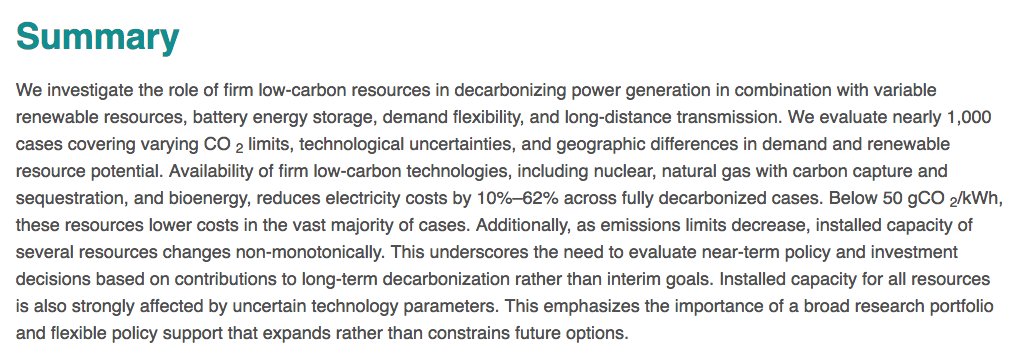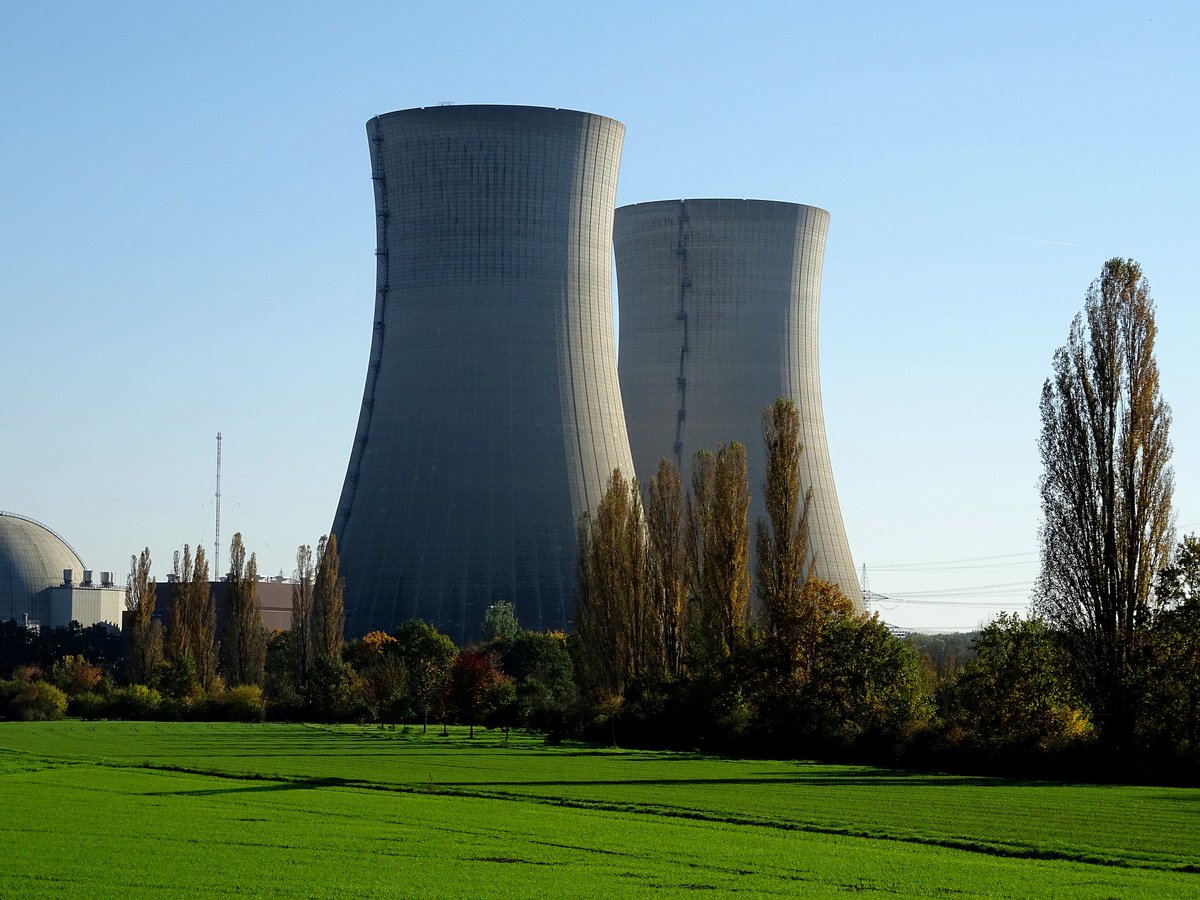Important memo to journalists & others reporting on passage of #SB100, California's clean electricity law signed by Gov. Brown yesterday.
What law does: requires 100% of CA electricity sales supplied by "eligible renewable energy resources and zero-carbon resources" by 2045.
What law does: requires 100% of CA electricity sales supplied by "eligible renewable energy resources and zero-carbon resources" by 2045.

What the law does *not* require:
(a) 100% renewable electricity (it specifies renewables AND "zero-carbon resources")
(b) elimination of fossil fuels from electricity (it requires carbon-free, not no fossil)
(c) 100% clean *energy* (the law is about electricity, not all energy)
(a) 100% renewable electricity (it specifies renewables AND "zero-carbon resources")
(b) elimination of fossil fuels from electricity (it requires carbon-free, not no fossil)
(c) 100% clean *energy* (the law is about electricity, not all energy)
I have read stories making all of the above statements in the past 24 hours, all of which are incorrect. The bill is deliberately focused on achieving 100% "carbon-free" electricity and is intentionally flexible. It will be up to state agencies to define "zero-carbon" further.
Things that could qualify under SB100 (depending on implementation) that do NOT count as "eligible renewables" for 60% renewable portfolio standard by 2030 the law also establishes:
1. Large hydropower (~15% of CA electricity today
energy.ca.gov/almanac/electr…)
1. Large hydropower (~15% of CA electricity today
energy.ca.gov/almanac/electr…)
2. Existing nuclear (eg Diablo Canyon, 9% of CA electricity, if it stays open instead of close in 2024/2025)
3. Imports of nuclear (e.g. Palo Verde in AZ)
4. New nuclear in state (if 1976 moratorium rescinded or conditions satisfied w/opening of nuclear waste repository in US).
3. Imports of nuclear (e.g. Palo Verde in AZ)
4. New nuclear in state (if 1976 moratorium rescinded or conditions satisfied w/opening of nuclear waste repository in US).
5. Combustion of hydrogen produced by carbon-free fuels (nuclear or renewables)
6. Fossil generation with 100% capture and sequestration (possible w/oxyfuel combustion & Allam cycle being demonstrated by Net Power, or other designs)
6. Fossil generation with 100% capture and sequestration (possible w/oxyfuel combustion & Allam cycle being demonstrated by Net Power, or other designs)
7. Fossil generation with <100% CCS provided implementation allows for netting out of remaining CO2 elsewhere (as form. Energy Sect's Moniz & Karnser argue here energyfuturesinitiative.org/news/2018/8/28…
8. Whatever future CO2-free technologies come to market in next 27 years we can't think of now.
8. Whatever future CO2-free technologies come to market in next 27 years we can't think of now.
SB 100 is deliberately flexible, technology inclusive, and designed to adapt to changing technology costs/availability/value to harness most cost-effective set of carbon-free resources. It allows state agencies to decide on further nitty gritty implementation (eg CARB, CEC, CPUC)
That flexibility is a core feature. As my research on deep decarbonization of electricity has shown, the best way to reach zero carbon at lowest cost and with least risk is to embrace all available carbon-free resources. For more, see
https://twitter.com/JesseJenkins/status/1037732696154353666
Note that SB100 stands apart from renewables-specific mandates such as Cali's prior RPS or 100% renewables law in Hawaii. It is most similar to Massachusetts' 80% by 2050 "Clean Energy Standard" implemented by Gov. Baker last year mass.gov/guides/clean-e…
Importantly, SB100 also specifies the law should not result in an increase in CO2 emissions elsewhere in the Western US grid. So no shuffling around of CO2 or using fossil generators out of state to back up California renewables. This will require 'firm' carbon-free resources.
SB 100 is historic. It is a model for other states serious about confronting climate change. And it is well crafted to focus on the key ends (achieving carbon-free) not prescribing the means.
For full details here is the text of the legislation (Sec 5): leginfo.legislature.ca.gov/faces/billComp…
For full details here is the text of the legislation (Sec 5): leginfo.legislature.ca.gov/faces/billComp…
• • •
Missing some Tweet in this thread? You can try to
force a refresh










